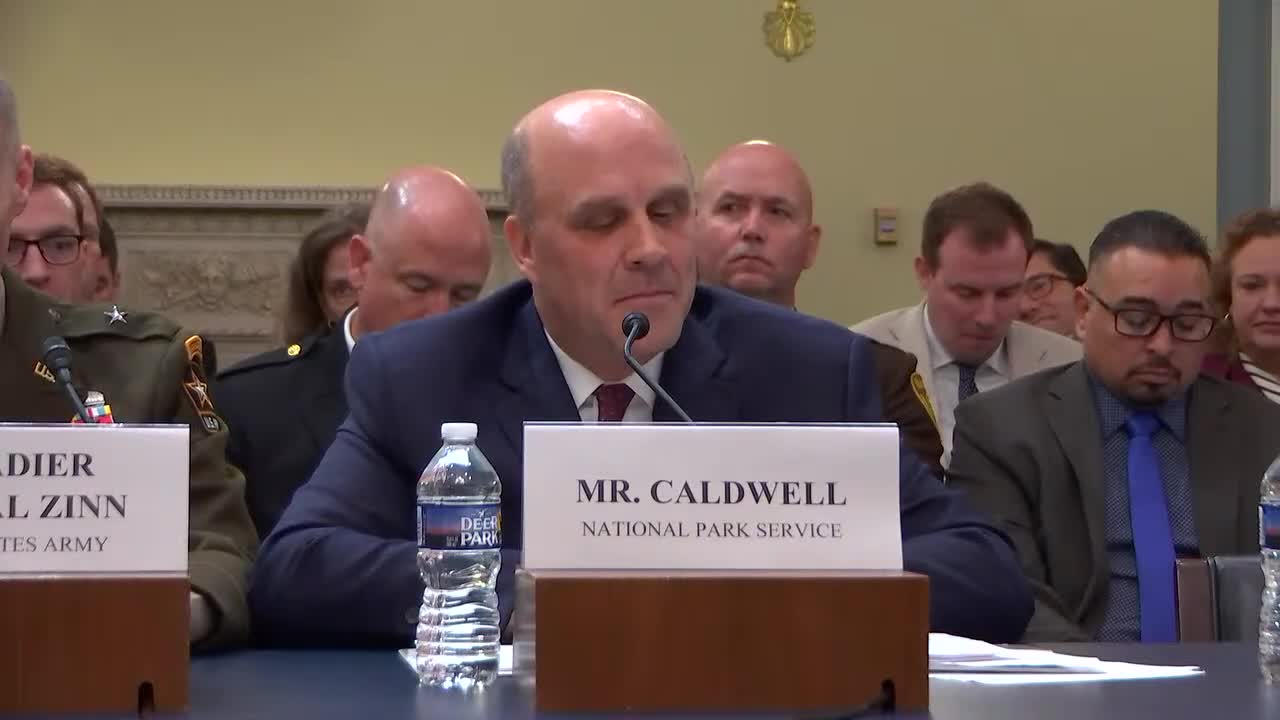Congressional Hearing Questions National Park Service Over Censorship of Historic Exhibits
September 19, 2025 | Natural Resources: House Committee, Standing Committees - House & Senate, Congressional Hearings Compilation
This article was created by AI summarizing key points discussed. AI makes mistakes, so for full details and context, please refer to the video of the full meeting. Please report any errors so we can fix them. Report an error »

During a recent legislative hearing held by the U.S. House Committee on Natural Resources, significant concerns were raised regarding the Department of the Interior's handling of historical content in national parks. The discussions centered around a secretarial order issued by Secretary Burgum, which mandates the screening of historical materials, including signage and exhibits, to ensure they present an "uplifting" narrative of American history.
Ranking member Jared Huffman expressed alarm over the implications of this order, particularly its potential to censor critical aspects of American history, such as the realities of slavery. He highlighted a specific incident at Fort Pulaski National Monument, where a photograph depicting the cruelty of slavery was reportedly removed. Huffman questioned the motivations behind such actions and the criteria used to determine which historical content is deemed appropriate.
Associate Director Caldwell defended the order, stating that its implementation is still in progress and emphasizes public input. However, he did not provide clarity on who specifically is responsible for the decisions regarding the removal of historical content or the guidelines governing these actions. Caldwell maintained that the Department of the Interior has not instructed the removal of content related to slavery, a claim that Huffman contested based on reports from park service personnel.
The hearing underscored a growing tension between preserving an accurate portrayal of history and adhering to directives that may prioritize a sanitized version of the past. As the committee seeks further information on the processes involved, the implications of this secretarial order remain a critical point of discussion, with potential impacts on how future generations understand American history. The committee plans to follow up for more details on the standards and guidelines being used in this controversial screening process.
Ranking member Jared Huffman expressed alarm over the implications of this order, particularly its potential to censor critical aspects of American history, such as the realities of slavery. He highlighted a specific incident at Fort Pulaski National Monument, where a photograph depicting the cruelty of slavery was reportedly removed. Huffman questioned the motivations behind such actions and the criteria used to determine which historical content is deemed appropriate.
Associate Director Caldwell defended the order, stating that its implementation is still in progress and emphasizes public input. However, he did not provide clarity on who specifically is responsible for the decisions regarding the removal of historical content or the guidelines governing these actions. Caldwell maintained that the Department of the Interior has not instructed the removal of content related to slavery, a claim that Huffman contested based on reports from park service personnel.
The hearing underscored a growing tension between preserving an accurate portrayal of history and adhering to directives that may prioritize a sanitized version of the past. As the committee seeks further information on the processes involved, the implications of this secretarial order remain a critical point of discussion, with potential impacts on how future generations understand American history. The committee plans to follow up for more details on the standards and guidelines being used in this controversial screening process.
View full meeting
This article is based on a recent meeting—watch the full video and explore the complete transcript for deeper insights into the discussion.
View full meeting